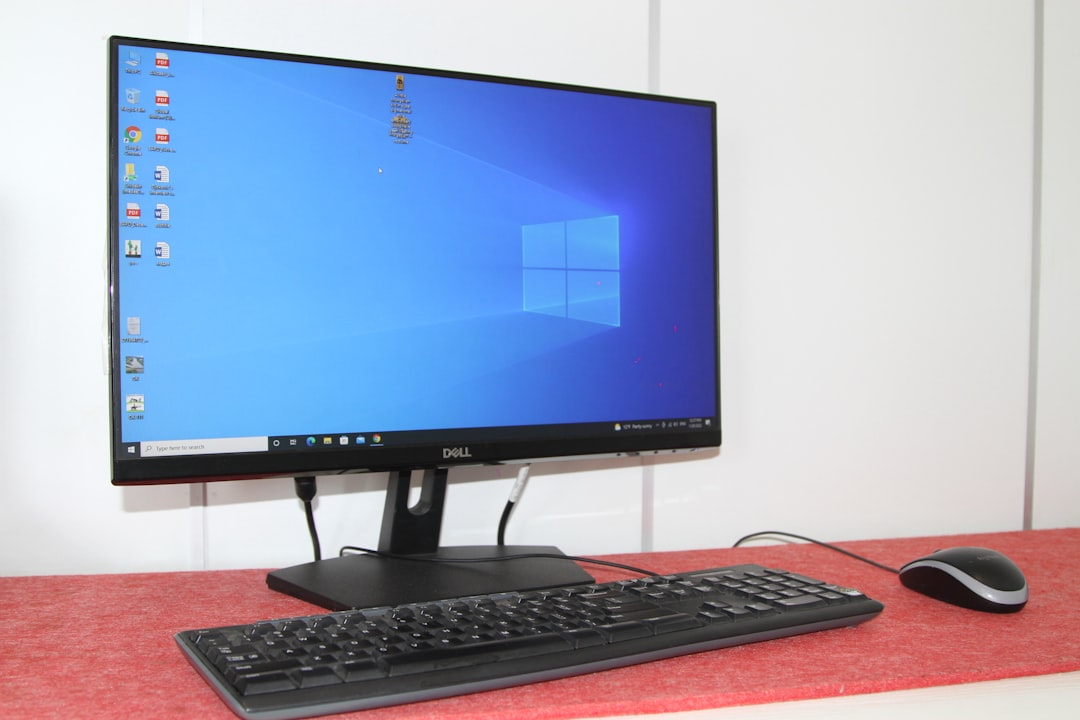When browsing through the Task Manager or inspecting running processes on your Windows PC, you might come across a file named rgnupdt.exe. If you are unfamiliar with it, you may wonder whether it is a legitimate Windows system file or a potential threat to your system. Understanding what rgnupdt.exe is, how it functions, and whether it is safe is crucial for maintaining both your computer’s performance and security.
What Is rgnupdt.exe?
rgnupdt.exe is a Windows executable file that may appear in your system’s process list or system folders. Like most executables, its function depends entirely on the context in which it is installed and the software it is associated with.
There is no official Microsoft documentation linking rgnupdt.exe to a critical Windows system process. Therefore, its presence should raise some questions about legitimacy, especially if you didn’t install a specific program that uses it.
Is rgnupdt.exe a Legitimate System File?
Generally speaking, a legitimate Windows system file will be located in trusted paths such as:
C:\Windows\System32C:\Windows\SysWOW64
If you find rgnupdt.exe located outside these directories – for example, in the Downloads folder or within the Temp directory – this could be a sign that the file was either downloaded by another program or created by malicious software.
Additionally, a legitimate process typically bears a well-known or descriptive name, such as explorer.exe or svchost.exe, rather than something that may sound arbitrary or randomly generated.

Potential Malware Risks
Cybercriminals often disguise their malicious software with names that mimic or closely resemble legitimate Windows processes. This naming strategy is designed to avoid detection by untrained users and occasionally even antivirus tools. In this context, rgnupdt.exe has been reported in several forums and malware databases as a potential security risk.
Common characteristics of potentially malicious versions of rgnupdt.exe include:
- Installation without user consent
- Unusual system behavior such as slow performance or random pop-ups
- Attempts to connect to unknown IP addresses or domains
- High CPU or memory usage in Task Manager
If you observe these signs, it’s prudent to treat the process with suspicion and conduct a full system scan with your antivirus software.
How to Verify rgnupdt.exe
To determine whether the file on your system is safe or malicious, follow these steps:
- Check Its Location: Right-click the process in Task Manager and select Open file location. If it opens to a suspicious directory like
C:\Users\[Your User]\AppData\Local\Temp, it is likely not safe. - Check Digital Signature: Right-click the file and select Properties, then go to the Digital Signatures tab. If there’s no valid signature from a trusted vendor, proceed carefully.
- Scan with Antivirus: Use established antivirus tools like Windows Defender, Malwarebytes, or Norton to scan the file for any malicious behavior.
What Should You Do If rgnupdt.exe Is Malware?
If you determine that rgnupdt.exe is indeed malicious, take immediate steps to remove it and safeguard your system. Here’s what you should do:
1. Disconnect from the Internet
This can prevent the malware from sending or receiving any data from its command servers, reducing the risk of data theft or further infection.
2. Boot into Safe Mode
Starting Windows in Safe Mode helps limit the execution of non-essential and potentially harmful processes.
3. Run a Deep Scan
Use reputable anti-malware software to perform a thorough system scan while in Safe Mode. Allow the software to quarantine or delete any infected files it finds.
4. Delete Associated Files
Sometimes, malware like rgnupdt.exe creates additional files or registry entries to maintain persistence. Use tools like Autoruns or Regedit (only if you’re confident) to remove related startup entries and registry values.

5. Monitor System Behavior
After successful removal, keep an eye on system performance, CPU usage, and network activity to make sure the malware hasn’t returned or replicated.
Preventing Future Infections
Dealing with malware can be time-consuming and potentially damaging. Therefore, it’s wise to focus on prevention. Here are some best practices you should follow:
- Keep Software Updated: Ensure that Windows and all applications are regularly updated to patch security vulnerabilities.
- Install a Reliable Antivirus: Use up-to-date antivirus software with real-time protection.
- Be Cautious with Downloads: Only download software from reputable sources. Avoid opening email attachments from unknown senders.
- Enable a Firewall: Make sure your Windows Firewall is enabled or use a third-party firewall for extra network protection.
Can You Delete rgnupdt.exe?
If you’ve verified that rgnupdt.exe is not a critical system file and is indeed a rogue application or virus, then it is safe to delete it. Here’s how:
- End the process via Task Manager
- Delete the executable from its file location
- Clear your Temporary files using Disk Cleanup
- Run a registry cleaner to ensure all links to rgnupdt.exe are removed
Be cautious, though. If you’re uncertain, or if removing the file causes system instability, consult a professional technician.
Conclusion
The presence of rgnupdt.exe on your Windows system is not inherently dangerous but does warrant investigation. Since it is not a recognized core Windows component, its appearance—especially with erratic system behavior—may point to suspicious activity or malware infection. Always take the time to verify unknown processes.
By adopting proactive security practices, regularly scanning your system, and staying informed, you can minimize the risk of threats and maintain optimal system health.






